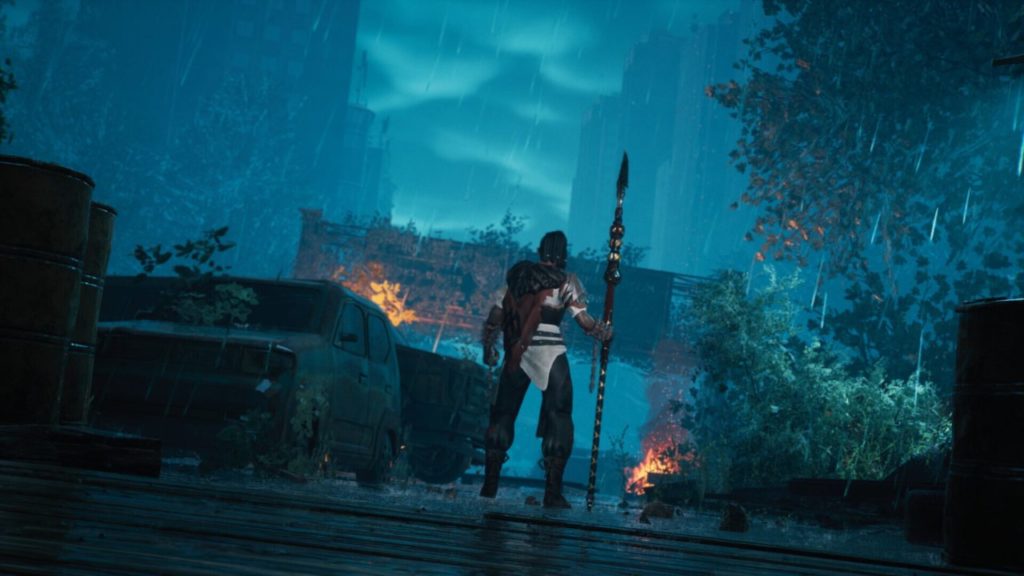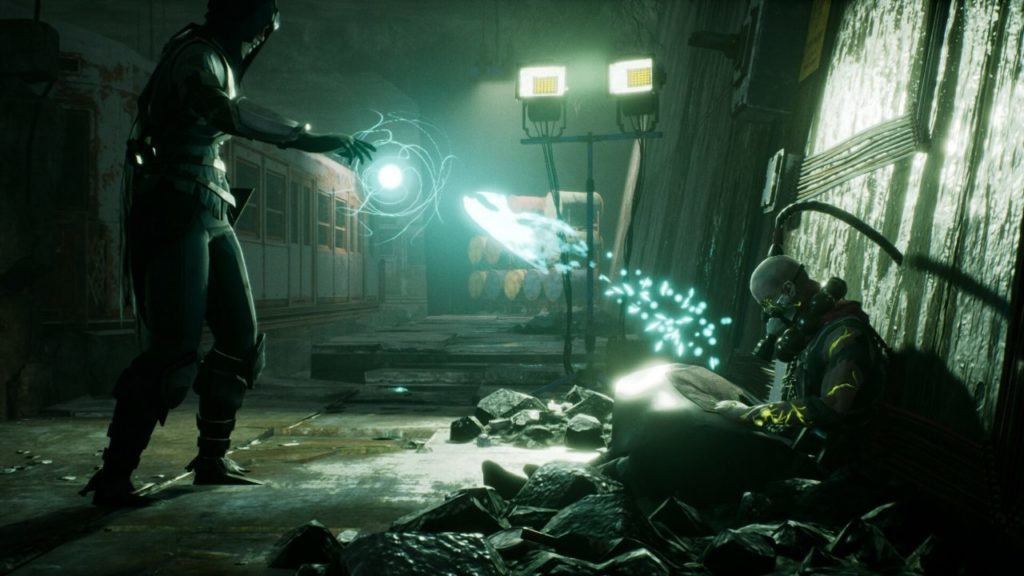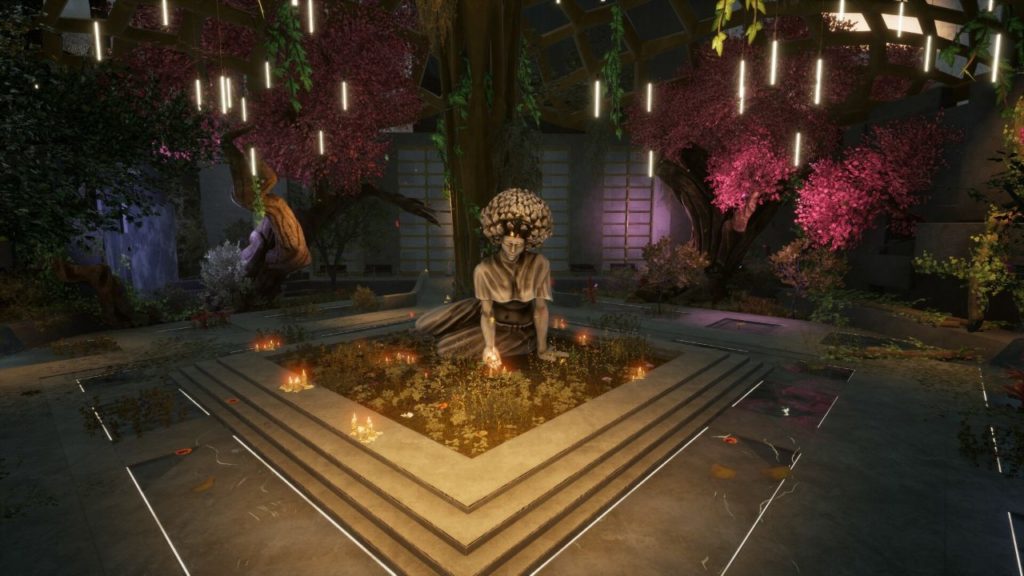Deathbound review
Deathbound is a new Soulslike from Brazilian outfit Trialforge Studio that I previewed in demo form a little while ago. During that period I had issues with the world and the controls, and while it’s certainly more playable now – and playing through it has clarified some of my gripes about the story – it’s still missing something crucial that has taken me a while to identify.
First of all, a word of praise where Deathbound’s visuals are concerned. For a smaller studio, it’s a pretty good-looking game for the most part. The character design is interesting even if the enemy design lacks a little flair, and some of the environments positively seep with atmosphere. But I still struggled to get fully onboard with the world of Zeimenal and it’s central conflict between the Cult of Death and Church of Life.
Deathbound is a party-based game where the party exists within one singular body, which you can morph in and out of. With seven “Essences” to choose from (once you find them), you form a party of four at any phylactery (bonfire) you rest at. Each is a strong personality, too, with their own histories and beliefs which often clash, causing hours of heated bickering and debuffs when you bind them close together within your vessel. But they also afford you buffs if their ideologies align, which means there’s something to be said for building parties of like-minded souls.

This central conceit is far and away Deathbound’s greatest strength. There are many different compositions available once you have all the characters, and not only do they fight beside one another but different Essences can interact with different NPCs in the world, sometimes avoiding conflict or unlocking secrets and lore. You can juggle between them during combat by using powerful “Morph Strikes”, or switch amidst parries, ripostes and dodges for extra effects. Some are melee focused, others use magic, one in particular has an incredibly useful crossbow and stealth kill ability.
Sadly, the combat itself just isn’t strong enough to make proper use of this Morph mechanic. It’s clunky and imprecise, with sluggish movements and a distracting slowdown effect when you dodge that leaves you susceptible to a follow up attack. The parry and dodge timings are all over the shop, too, with some button presses registering and others simply not. There are very few things quite as maddeningly frustrating as dying because your weapon bounced off the scenery or, worse, ghosted through an enemy altogether. Animations simply take too long to complete, from reloading a crossbow to drinking a potion, and you can’t cancel out of them when you begin.
Mob density is a concern too. There are rarely fewer than three enemies at a time, and Deathbound loves an ambush more than perhaps any other Soulslike I’ve played. You’re often fighting in tight quarters that just don’t allow for nuanced combat, particularly as the camera will be under you or dug right into your back at these moments. It’s just a bit of a mess. Boss design is a little lacking too, for the most part, with a disconcerting number just resembling mounds of bodies mashed together. They generally have inconsistent or unfair hit-boxes – which can be overcome with a certain amount of “gitting gud”, but never manage to become fun.

Of course, you can level up at Phylacteries in Deathbound, putting points into individual skills or stats that boost the whole party on a shared skill tree. Finding lost memories also lets you unlock some pretty impressive buffs and abilities for each Essence, adding things like bleed or poison effects to attacks, or improving your Sync Gain, which is what allows you to Morph during combat. There are also rings and amulets around that improve your stats and skills, which can be upgraded with special rare items.
Regardless of whether or not the combat misses more often than it hits, Soulslikes often live or die by their world. An intriguing world can be enough to balance out a lot of other shortcomings, but I just can’t make sense of Zeinemal.
It’s a world that is built on the ruins of a destroyed civilisation. The “First Men” were immortal and, as far as I can tell, had reached a level of technology roughly analogous to our own. It’s hard to say, because while there’s futuristic architecture everywhere, there are also pretty standard looking vehicles decaying in the streets. And while technology has only advanced again as far as medieval times, there are still working lights and elevators. There are also TVs, fridges, street signs, etc, which I’m sure could be reverse engineered with all the other sources of technology lying around. It just makes for a clumsy, mismatched world that feels too nonsensical to be compelling.

Sound design fares better, with some wonderful atmospherics at work. While the writing is decent, though, it’s let down by some poor voice acting. Therone’s actor is solid, delivering his lines with passion befitting his dedication to the Goddess of Death, but thief and assassin Anna Lepus is just not very good. Her accent is terrible, flitting between multiple forced dialects and never sounding believable. In fact, Deathbound has an issue where accents are concerned in general, and it’s never less than jarring.
A solid core mechanic is sadly not enough to make up for Deathbound‘s problems. It feels like an early access game at times, with ponderous, imprecise combat and a world that simply struggles to find its way. There are flashes of potential here and there, with some solid design where the Essences are concerned, but it remains a fairly average experience throughout.




